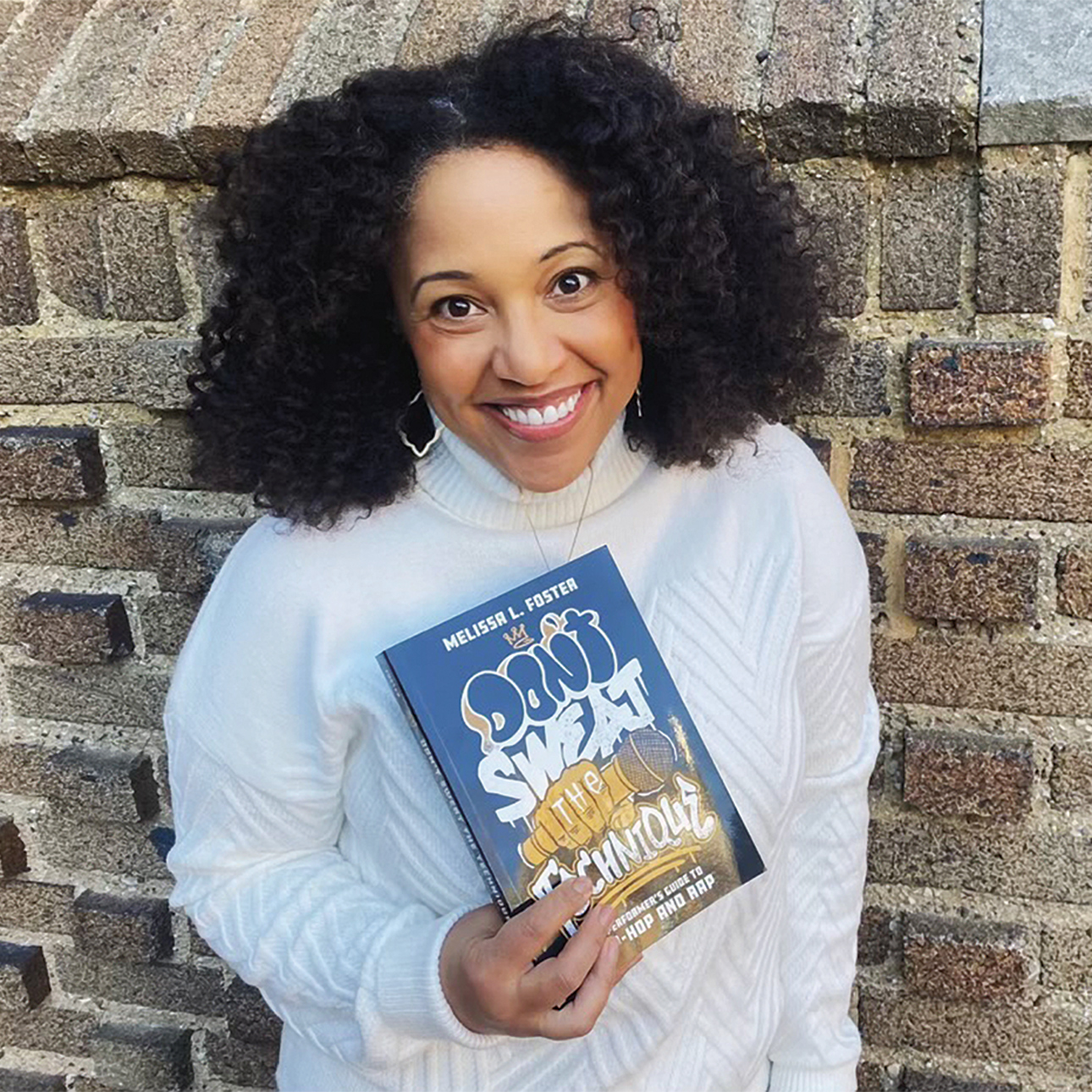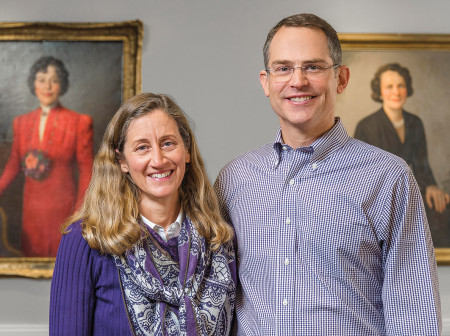Hip-hop culture is in everything we do. It’s in the television shows and movies we watch, the way we speak and the way we see the world. You can see it in TikTok dances and feel it in almost every major city in the U.S. Yet people don’t always seem to see this massive influence — they love listening to the music and doing the dances, but they don’t always understand the deep cultural elements that inspire the pop culture we all know and love.
I specialize in pop singing styles, and that includes rap, a subgenre of hip-hop. Y’all, rapping is hard work. Doing it well takes an incredible amount of skill. I have a lot of students who are intimidated by rapping, especially white students. They love rap but don’t think they could or should rap.
But rap is for anyone and everyone. Learning about hip-hop’s history, the how and why it was born, and tracing its 50-year timeline takes time and investment, but it’s worth it. Understanding the history makes rap more accessible.
Melissa Foster ’96, ’01 MMus, Charles Deering McCormick Distinguished Professor of Instruction in the School of Communication, has worked as a recording studio musician and as a vocal coach for Broadway and rock stars. Now she teaches courses on the vocal techniques and history of musical theater, pop and rock. Her recent book Don’t Sweat the Technique: A Performer’s Guide to Hip-Hop and Rap provides an overview of hip-hop history, as well as a technical guide to rapping. This quote is adapted from the book’s introduction.




Reader Responses
No one has commented on this page yet.
Submit a Response